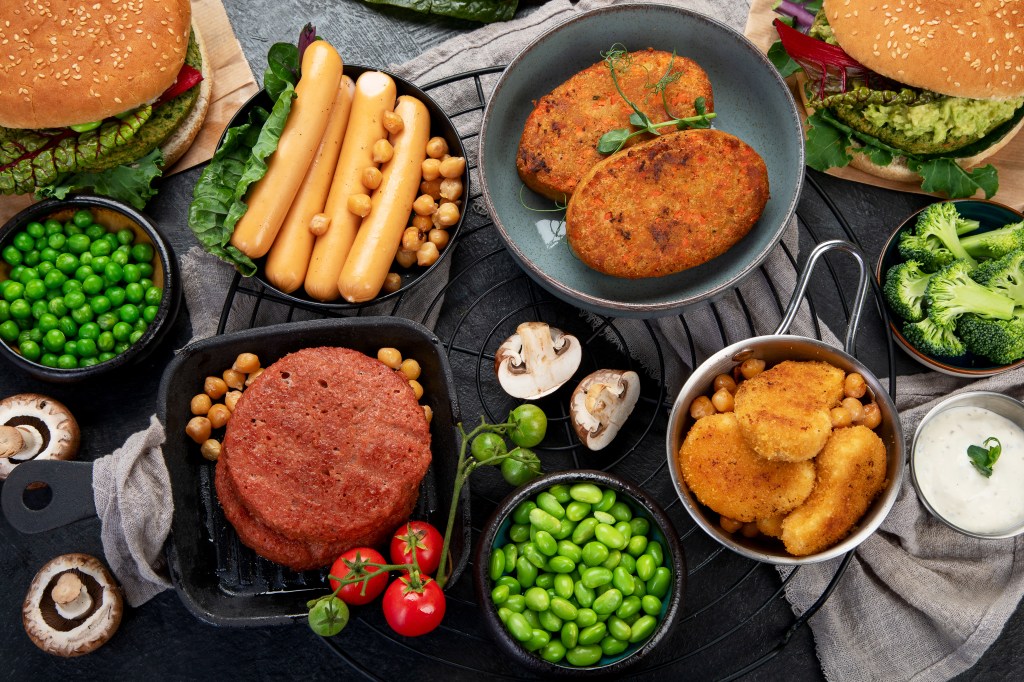What is Trade Spend?
Trade spend refers to any investment a CPG manufacturer makes to increase demand for their products. As eCommerce and digital advertising has matured, the list of what could be considered “trade spend” has grown much longer than it used to be. For our purposes, this article focuses on retail trade spending on in-store promotions.
What Are Trade Promotions?
Trade promotions are discounts offered on goods for a limited period of time. Promotions are a major part of most CPG brands’ marketing and sales strategies. Unfortunately, many brand’s see very low ROI on these promotions. That’s why it’s vital to understand the objectives of your trade promotions and know how to measure trade promotion effectiveness.
The Objectives of Trade Promotions
Not every trade promotion is created for the same purpose. Maybe you’re trying to increase demand, maybe you’re trying to sell excess inventory or discontinued goods, or maybe you are looking for a quick injection of revenue. The promotion you decide to invest in may vary depending on the specific retail challenge you are hoping to tackle. Understanding the factors that influence customer demand is also important.
With that in mind, here are four main objectives of trade promotions:
The Metrics – What are you Measuring?
Start with the fundamentals, the types of data your brand should be measuring. This is where your POS (point-of-sale, or retail measurement) data comes in really handy. You need to break down your total sales to see what factors are truly driving a bump in total dollars or units sold – do you have your retail partner to thank for that trade promotion? Or would that increase have happened anyway?
One of the best reports to use for this is Byzzer’s Promo vs Non-Promo Decomp Tree. If you invest in nothing else to track the success of your CPG trade promotion, it should be this report.
To run this report, you’ll select your focus brand, market, and the dates within which you’d like to see your sales data. This makes it easy to see what impact any trade promotions may have had on your sales, because you can select for the dates during which your trade promotion ran. Or, you could run the report twice – for the same length of time one year ago when no trade promotions were running, versus the length of your most recent trade promotion, for example. You may also tailor what markets you select to only those where your promotion was running, for example, if you’re a BevAl brand running a promotion at a drugstore, perhaps you look at Drug retailers only.
In either case, the top of the tree will show you what kind of increase you enjoyed in sales (if any), and then you can easily follow the tree down to your promotional sales to see the breakout of those numbers.
Here are some CPG metrics to track:
Incremental vs Non-incremental Dollars
The first, most basic way to determine if your trade promotion is working is to compare your incremental sales to your non-incremental (sometimes called “base”) sales.
For this, you can use Byzzer’s Promo vs Non-Promo Decomp Tree. This report does us the added favor of grounding these numbers in a little context. For example, let’s say our total sales sit at $818.4M, with $592.8M of those coming from non-incremental, or expected sales, and $225.7M coming from incremental, or sales made on trade promotion. By themselves, comparing your incremental vs non-incremental sales may not tell you everything you need to know, but that’s why context is important – look at how these numbers have changed versus a year ago, and see what the percent impact to total sales has been. In this example, we can see that the $225.7M generated by your trade promotions is actually significantly less than the $266.3M generated by sales for the same period a year ago, contributing to total sales by 14.6% less than it had in the past. That’s a sign your trade promotion spend is not optimal, and it’s time to dig deeper to diagnose the problem.
BONUS: To pinpoint your problem (or success), use the Promotion Incremental Sales Trend Report. If you ran the promotion for three months, for example, this report allows you to track changes in your incremental vs non-incremental sales over time. There’s always the possibility that your promotion performed very well in the first six weeks, then tanked in the following six weeks. Being able to identify exactly when things went wrong or well is key to learning and adjusting your strategy for next time.
Promotional (Discount/Feature/Display) Lift
Once you’ve established whether you’re driving incremental lift or not (i.e. an increase in sales due to a trade promotion), it’s time to dig a layer deeper to see where the real successes or failures are coming from. You’ll find these metrics at the bottom of our Promo vs Non-Promo Decomp Tree. These are a great way to track success (or lack thereof) on trade promotions, especially if you run your report with strategically chosen markets within the timeframe of the promo you want to measure your ROI on.
Understand what you’re measuring: NielsenIQ retail measurement data looks at promotions in three buckets: Discount (or Temporary Price Reduction), Feature (or store circular), and Display (or sometimes called Secondary Display). From a manufacturer perspective, this gives you the ability to track your return on investment more granularly. For example, if you only see that promo sales are up, but you have two ongoing promotions – one as a display in Retailer X and one as a TPR in Retailer Y, you have to know if both are driving lift (the increase in sales), or if one is a flub and the success of the other is carrying the team.
So, how does NielsenIQ define these three key promotional metrics?
- Lift Due to Discount – Also known as Temporary Price Reduction, should hopefully be self-explanatory. By NielsenIQ definitions, this discount is TEMPORARY – after seven weeks of a discount, that will be considered the new price.
- Lift Due to Feature – Refers to any increase in sales you enjoyed thanks to inclusion in the retailer’s in-store circular or sometimes as a newspaper insert.
- Lift Due to Display – This means your product was strategically placed somewhere other than its normal shelf. By definition, it must be a place where shoppers can pick up and place your product in their cart (versus a sign featuring your logo, for example). Like a discount, NielsenIQ also defines these displays as temporary.
Trade / Promotional Efficiency
By dictionary definition, trade efficiency measures how much promotional lift is associated with each dollar spent discounting an item for promotion. While we don’t know exactly what you spent, we do know how much the item was discounted and therefore the impact to margin. A value above $1 means the investment breaks even – and the higher above $1 dollar, the more efficient your promotions are at bringing you that sweet, sweet return on your investment in trade promotion. If your trade efficiency falls between $0 and $1, however, that means your investment drove incremental lift, but did not break even. In the worst case scenario, values less than $0 means that promotions didn’t drive any incremental lift at all.
The reason we like this metric for measuring return on investment for your trade promotion spending is because it’s a simple, all-in-one way to assign an exact value to your promotional efforts. The Price and Promotion Landscape Report mentioned above can tell you this metric, but if you’d also like to hold a retail partner accountable, you might be interested in the Promotion Support and Lift Report.
Let’s say you run the same promotion with multiple retail partners. Chances are, results will vary, and while the promotion might yield incremental gains with some of your retail partners, you may notice that other retail partners are trailing behind on their promises or under-delivering on results. That’s where the Promotion Support and Lift Report earns its keep: Select your desired time period (presumably the length of the trade promotion) and the markets you want to measure against one another. You’ll see success (or failure) across your three key metrics – TPR/discount, Display, and Feature, across the retailers you want to hold accountable. If, for example, you see consistent success across the board at all but one or two retailers, you know who you need to speak to.
Pro-tip: You can also run the Promotion Support and Lift Report to compare against your competitors instead of to compare retailers, which can be a great tool for showing new retail partners that your product deserves retail support in their stores.

Create Promotions Wisely with Data
There’s a lot to understand about tracking the progress of your trade promotions, but with a focus on these key metrics, you’ll be able to hone in on the data that matters most to measure your return on investment in trade promotion.
Fortunately, with Byzzer’s reporting solutions, you can have all the data you need at your fingertips to create a smart promotion strategy. Contact us today to see what our tools can do for your business.



